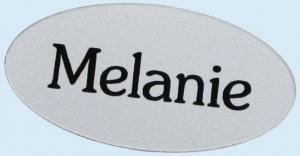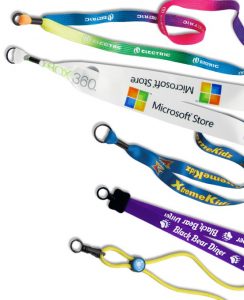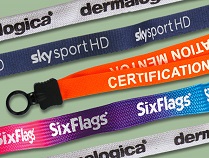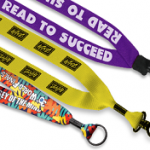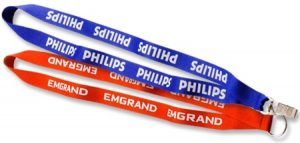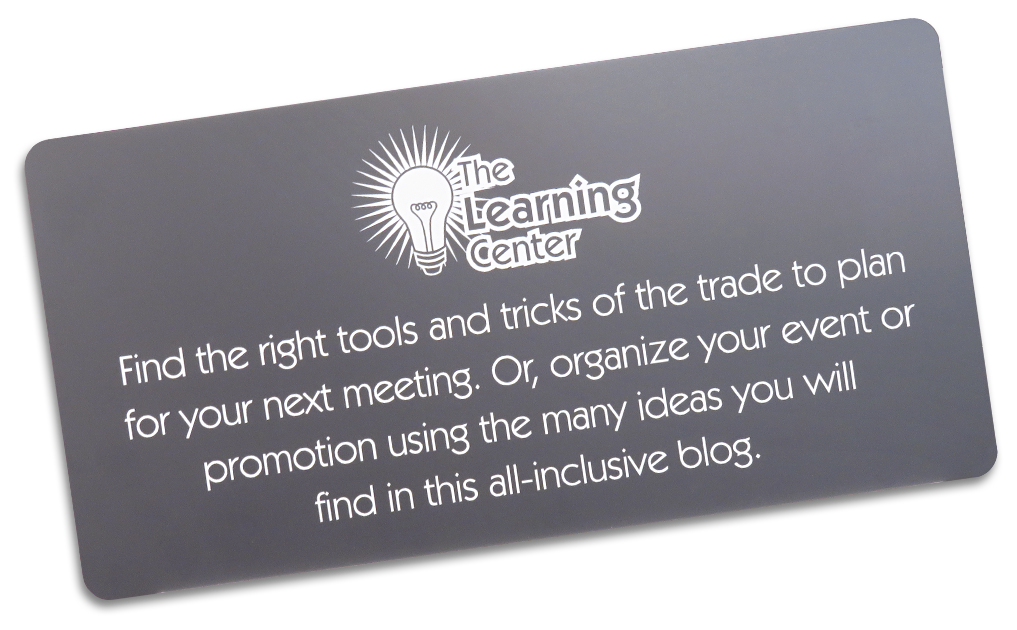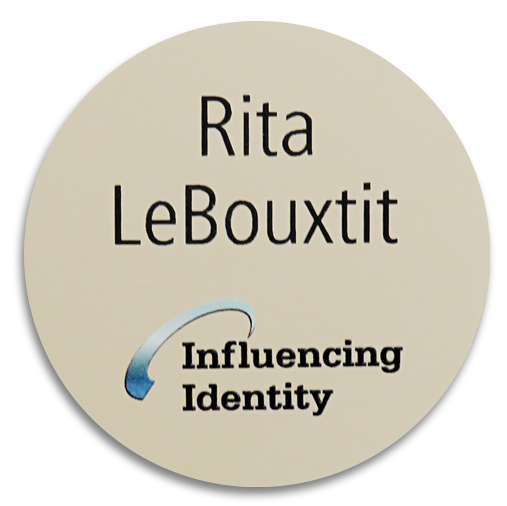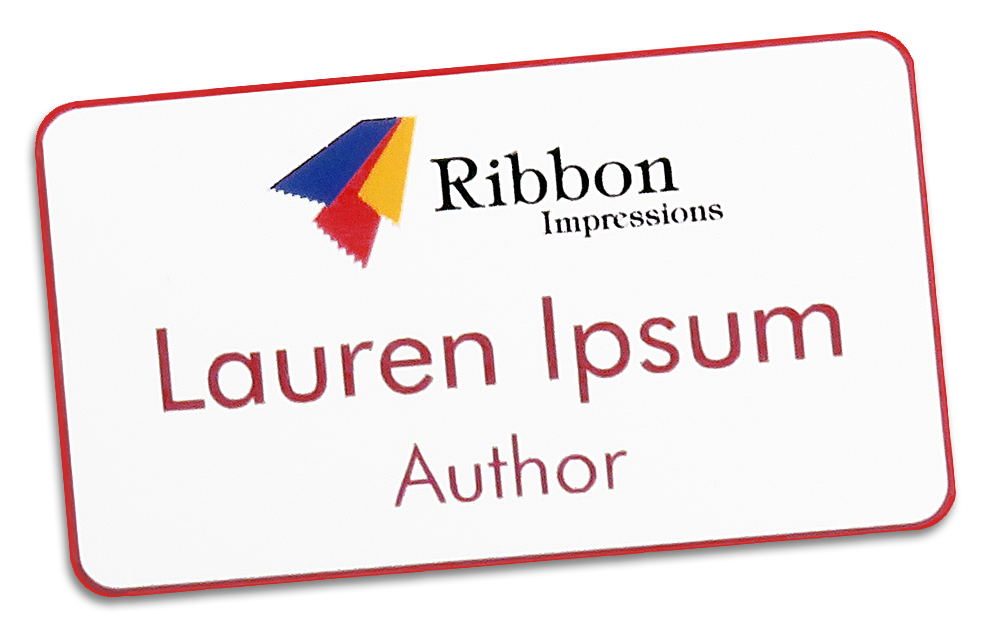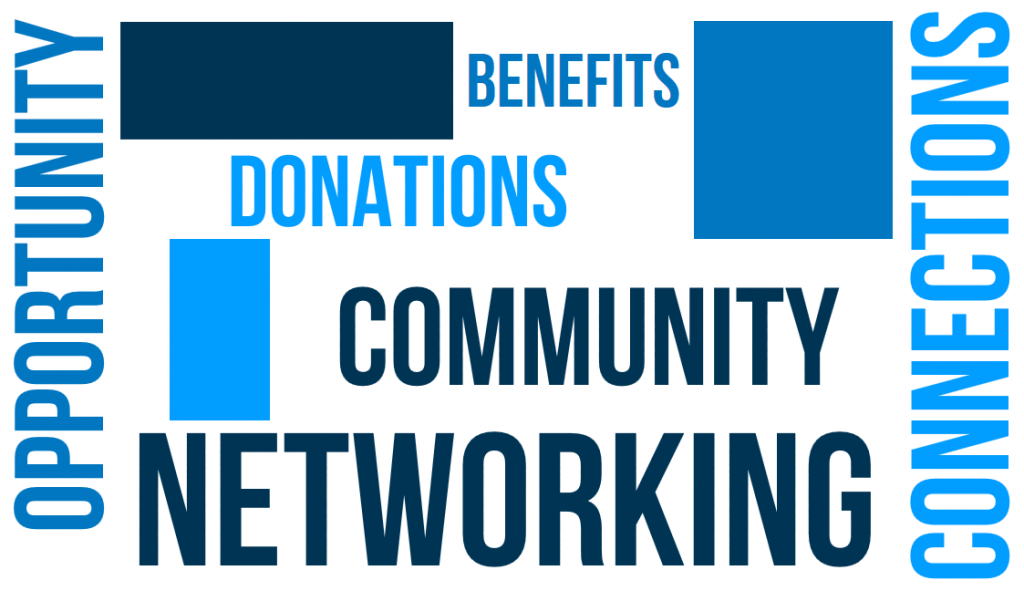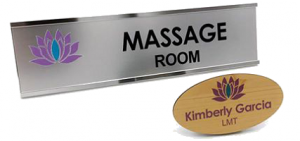In order to harness the power of personalization, you must understand the relationship between a company and an individual. Yes, many who read this are most likely representative of a corporation or business. And, yes, many will look at this information from a marketing standpoint.
After all, personalization is a powerful marketing strategy that is easy to incorporate in daily business. But, the trick is to remember that the power of personalization applies to everyone in everyday life, especially the little guy.
Personalization should also be on a business level. This includes a company’s brand. Your logo communicates not only your company but also your brand and overall commitment to your clients and customers. And, creating consistency by adding your logo to everything you personalize (from name tags to corporate gifts), lets people know you’re proud of what you stand for.
By defining your brand upfront, you help establish your company as an industry leader and key influencer. So, making sure that your logo balances your brand at the top of your industry can be quite the process. Many businesses use networking as a key factor in their marketing plan. It helps to develop a strong feeling of trust between those involved (consumers and colleagues) and plays a big part in raising the profile of a company.
First, let’s look at the advantages of personalized marketing.
Marketing is a business promoting and selling their products or services. This promotion also includes market research and advertising. And, what better way to advertise than with personalization. Whether that’s your branding or remembering the little guy, you need to focus on what best suits your company goals and your customer’s needs and happiness.

Remembering that little guy is often a struggle inside a business model. But, it is one of the most essential tasks any CEO or higher-up can accomplish. After all, it’s those little guys who make your business grow from day to day. So, marketing to them is necessary to stay afloat in today’s business world.
Your key to keeping clients and customers happy is simple, yet powerful: PERSONALIZATION. With the rise of the digital world and all the technologies that come with it, your marketing must evolve to match. And, the best way to grow is to harness the power of personalization. Find and understand your customers’ individual needs and desires. Once you harness that, personalization will start to flow naturally.
It’s all about knowing who your customer is.
There is a growing intolerance on the part of customers to have fragmented experiences when doing business. And, there is a price to pay for doing so. Research with the CMO Council found nearly half of North American and European consumers will abandon a brand and take their money elsewhere if they repeatedly encounter “a poor, impersonal or frustrating customer experience across channels of engagement.”
Personalization means all the difference in business goals and customer retention. Companies must modify all of their interactions individually to ensure a personalized customer experience. And, if done correctly, there is an undeniable power of personalization that becomes an incredible tool for marketers. Entrepreneur also says, “The first task of effective marketing is to get noticed and stand out from the clamor of competing advertisers.”
So, it is your duty as a business to get your customer’s attention and then keep it. Most companies thrive with this vantage point only because of the power of personalization. Whether it’s an emailed marketing message or a salesperson personally reaching out to a client, personalization is critical in all communications.
Remember this: people will always buy from people, not companies. And, most importantly, people who they trust. Sending handwritten notes or small, personalized gifts is a little extra touch that shows we pay attention to our customers. The beautiful thing about this is that it’s never just an advertising ploy. You really do have to get to know your clients to know about their special events, and that’s when personalized marketing becomes a genuine relationship.
Make it about your customer.
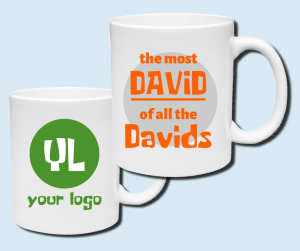
Let’s take into consideration what the effect of someone’s name imprinted on a gift or award does for them. Dale Carnegie famously said, “Remember that a man’s name is to him the sweetest and most important sound in any language.” With that in mind, remember that someone will more frequently drink from a mug with their name on it than one with only a logo or brand. By adding an individual’s name to a gift (even if it also features a corporate logo), it adds personal value and meaning.
Personalization is a popular trend that enhances the customer experience. It starts with knowing the customer, or maybe a better way to say it is remembering the customer. Virtually all (96%) marketers agree that personalization advances customer relationships. Eighty-eight percent say they’ve realized a measurable lift in business results from their personalization campaigns. The power of personalization improves visitor engagement and the customer experience, which leads to more sales.
Making a connection is important at the customer level. Each consumer will see personalization as your way of including them in an essential business circle. Personalization essentially means interacting with your customers and meeting their needs. And, when you use the power of personalization to include everyone in this process, any business will flourish.
Identifying and meeting your customers’ needs.
When handled well, personalization will always strengthen a customer’s experience and, in turn, increase your sales. From offering related products in an online shopping experience to remembering a customer’s name, personalization comes in all forms. So, show your customers that you know and understand their needs and that you have their values in mind when doing business.
From name tags for employees to something a bit more personalized (like a mug) for your customer, everything with a name on it is essential for any business. And don’t forget that this personalization drives instincts, urges and repeat purchases. The more you know about your clientele, the better you can mold their experience.
So, sound off with your customers in mind. After all, meeting your customer’s needs adequately and proficiently is what personalization is all about. Add their names to your products, or simply use their names while doing business with them. Open your doors with a greeting saying, “Welcome, David!” Or, try engaging your online customers with email blasts that are tailored specifically to them. But always start by acknowledging the recipient by name!
The Power of Personalization
Consider this: would you want to hear your name as you walk into your business or a simple, “Hey, you?” The answer is that everyone wants to hear or see their name. Admit it, we all walk into that souvenir shop while we are on vacation and spot the carousel display with the keyrings. We instinctively walk over and peruse the names. And, when we find our name, we’re excited! It doesn’t mean we’re going to purchase the keyring or other souvenirs, but we love to see our name emblazoned on something.
So, how do you think your customers feel when you use their name? Today, personalization is more important than ever as consumers have access to content from a plethora of channels. Among this overload of information, personalized content manages to attract consumers’ interest. While all other information hits them in the face and still gets ignored, personalized content talks directly to them.
Don’t ever think that the power of personalization lies in your marketing schemes. It is not, after all is said and done, about you, the business owner. It is always about your customer and their needs. Now, that isn’t to say that your brand isn’t important; it is. But, remember that little guy? He’s what is keeping your business alive. See him, acknowledge him and most importantly let him know he is wanted.
But, remember that personalization goes both ways. Treat your employees the same way you would treat your customers. Make them feel just as special with using their name in meetings, during conferences or simply in daily greetings. Your personalization of your employees will translate into business models and deals and thus reflects onto you as an owner. And that’s the best kind of advertisement. See, there is power in personalization!
Lastly, consider the power of personalization has on people.
There are always challenges associated with personalization because there is no magic formula that will make it right. At best, there are educated guesses about what your consumers want. If consumers feel a brand is being too pushy, they are more likely to unfollow it. Always try to keep yourself in the shoes of the customers and try to think from their perspective. Personalization helps consumers discover new things and often leads to unplanned purchases. When executed correctly, personalization can have a great impact on your bottom line.
You can’t deny that the customer knows in the end that it is all about them. So, play to that knowledge. Whether it’s your employees wearing name tags and promoting your brand, or a personalized gift wrapped in special ribbons, remembering your clientele individually is the name of the game. At the end of the day, that little guy is the most important person in the room.
So, keep them entertained with your business. Let them know how much they matter. And, it’s simple: just use their names! The power of personalization is truly all about the customer helping you stay in business.

